NMU President Les Wong journeyed out to the Pacific Ocean to spend a couple days on a nuclear-powered aircraft carrier.
From April 12 to 13, Wong was on the USS Stennis, which was running F18 training operations roughly 200 miles off the coast of San Diego.
The goal of his trip was to take a look at the educational opportunities for sailors on a ship who are deployed for months at a time. Only 12 other VIPs with jobs relating to education, shared the trip with Wong.
A propeller plane known as a COD (Carrier Onboard Delivery), often used for delivering mail and other cargo, flew Wong and the other VIPs to the carrier.
“The actual spot where the plane lands is only 60 yards,” Wong said. “You literally cannot move with the four-point harness. I’m thankful the harness is so tight. It would probably hurt you if there were any movement.”
Wong spent most of the trip touring the carrier, spending only a few hours to sleep.
He said there is no cell phone reception or Internet access onboard carriers.
Wong said he observed the daily life of a sailor, including the education of servicemen and women while out at sea.
“The naval college has two to three professors on board,” Wong said. “The message of the Navy and Army is a commitment to have educated soldiers and sailors.”
The nuclear-powered reactors for the carrier enable it to have an unlimited range and a top speed of more than 30 knots.
According to Wong, the average age of the sailors on the ship was 19 to 20 years old.
When deployed, the USS Stennis carries thousands of sailors.
“The ship was moving at 20 to 25 knots effortlessly,” Wong said. “While on ship, you thought you were sitting still.”
For part of his stay, Wong was able to observe various landings and take-offs, both during the day and at night.
According to Wong, right before planes land, the engines spool up to full speed in case they miss the runway.
If they do, they are able to take off and come back for another landing attempt.
“They don’t light up at night, making it very dark, because they don’t want enemies seeing the ship,” Wong said. “Night landing is phenomenal and I saw a couple of guys miss. It has got to be a spooky feeling.”
A plane is hooked up to an aircraft catapult in order to assist in take-off. It provides enough force to launch the plane given the limited length of the flight deck.
“It’s a 5-G thrust when the catapult releases,” Wong said. “The acceleration is incredible.”
By the afternoon of Friday, April 13, Wong was off the aircraft carrier and caught an early morning flight back to Marquette on Saturday, April 14.
“A commercial jet was such a letdown after flying onto a carrier,” Wong said.
Wong spent his whole time aboard the USS Stennis observing the life of the sailors along with the operations of the ship, which provided an understanding of the dynamic amongst the sailors.
“Chain of command is important, but also cooperation and teamwork are necessary,” Wong said. “As one sailor said, ‘If you can’t get along, you’re off the ship.’”

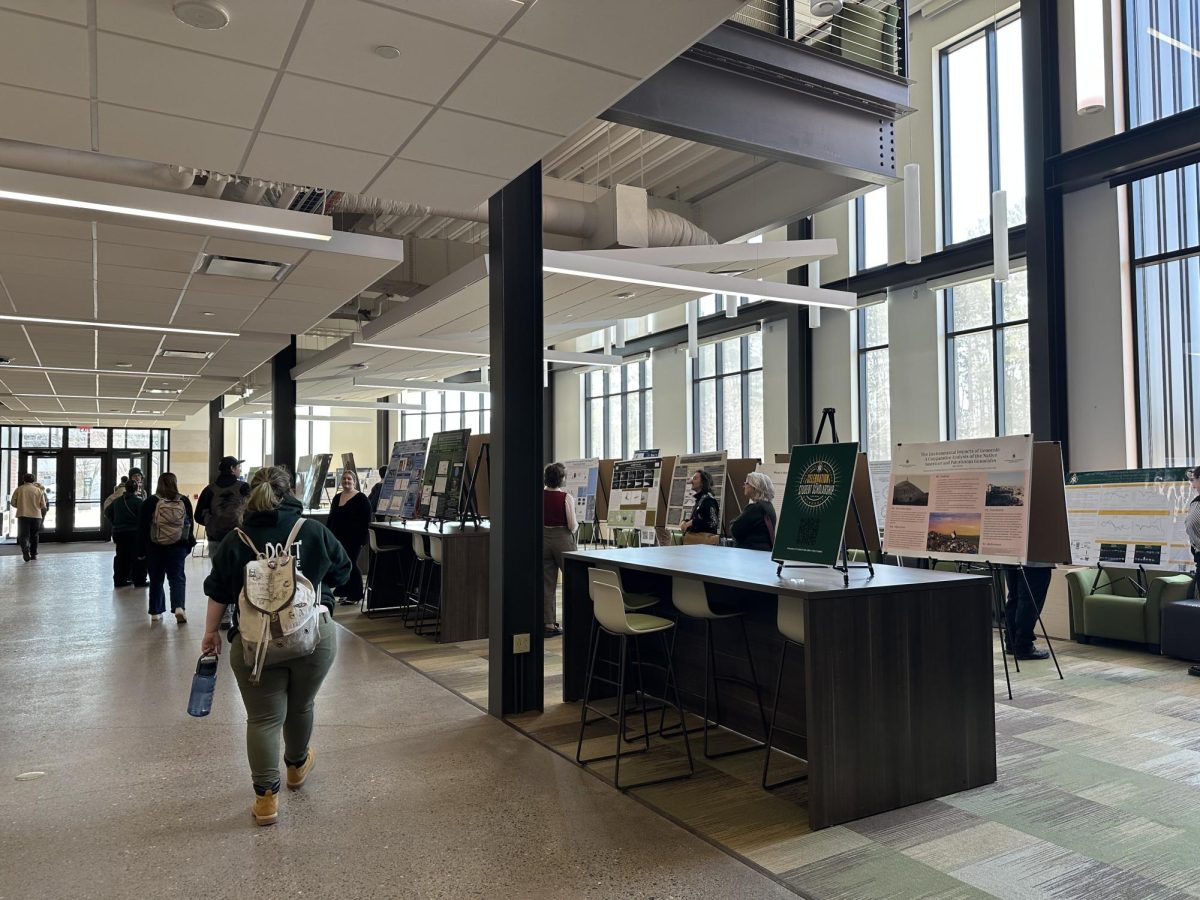
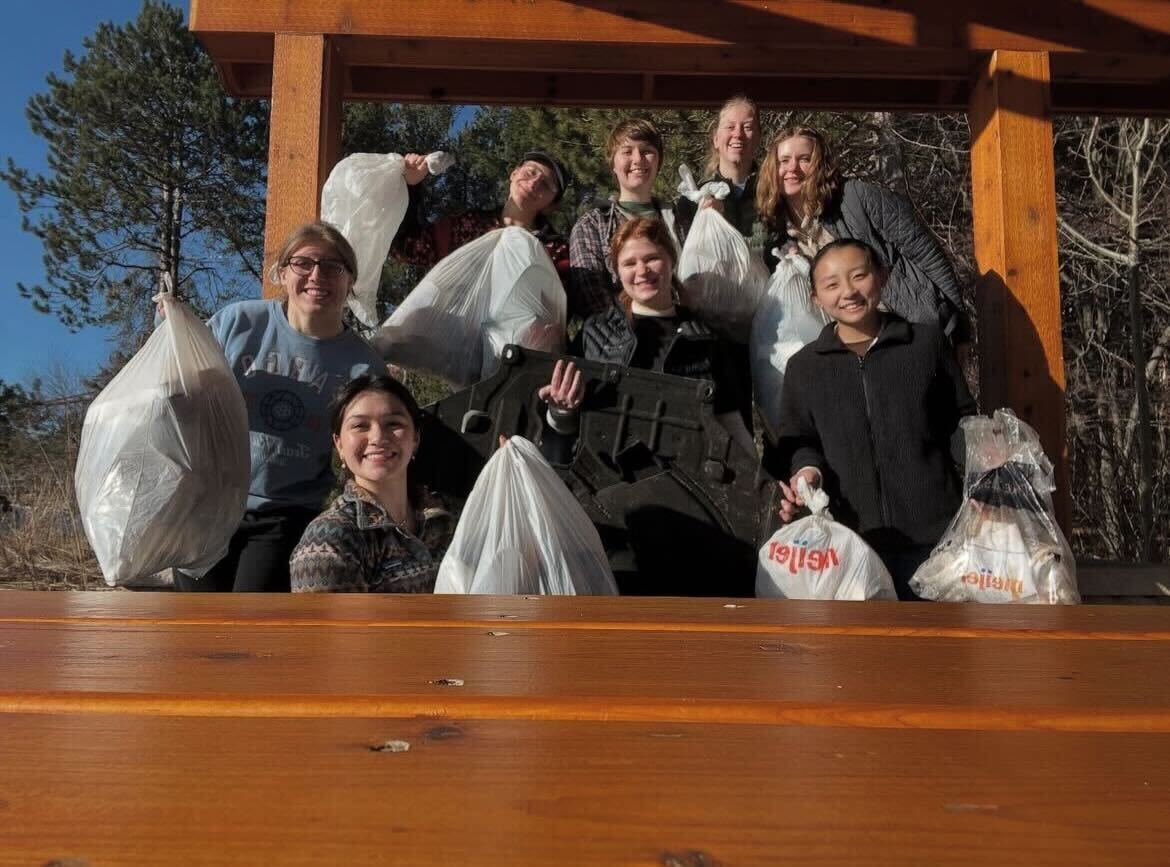
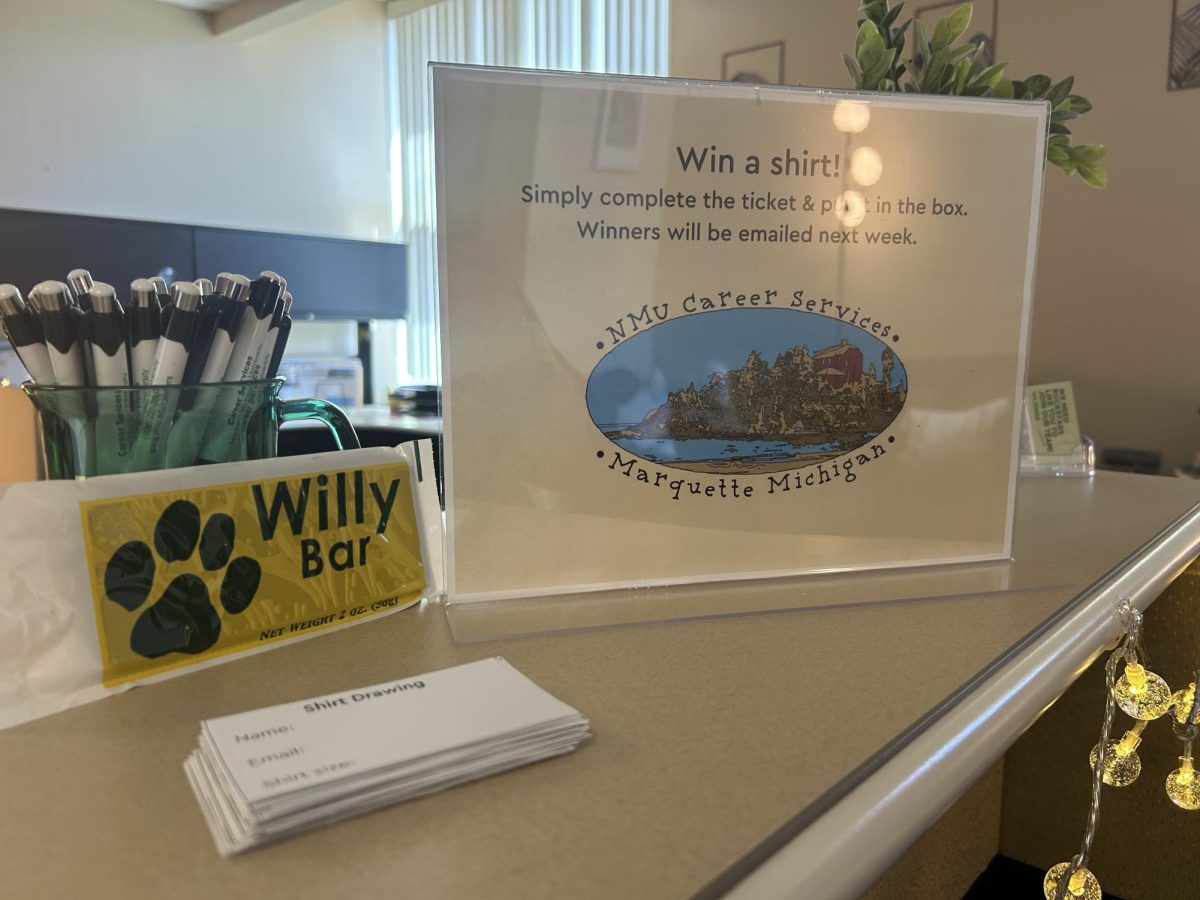
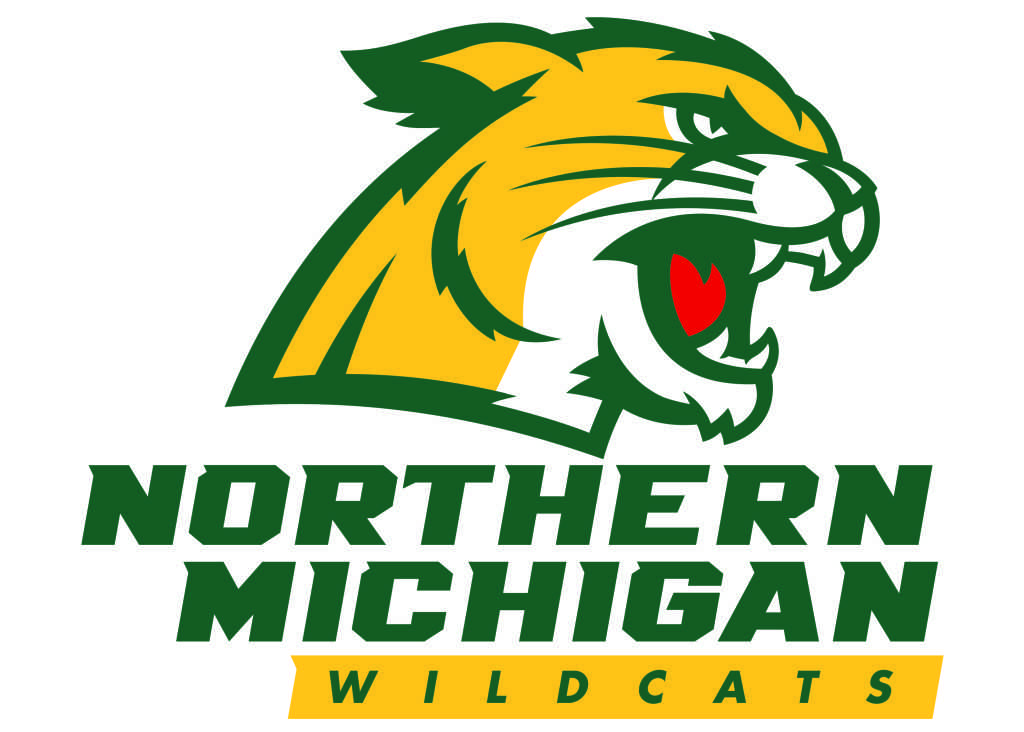
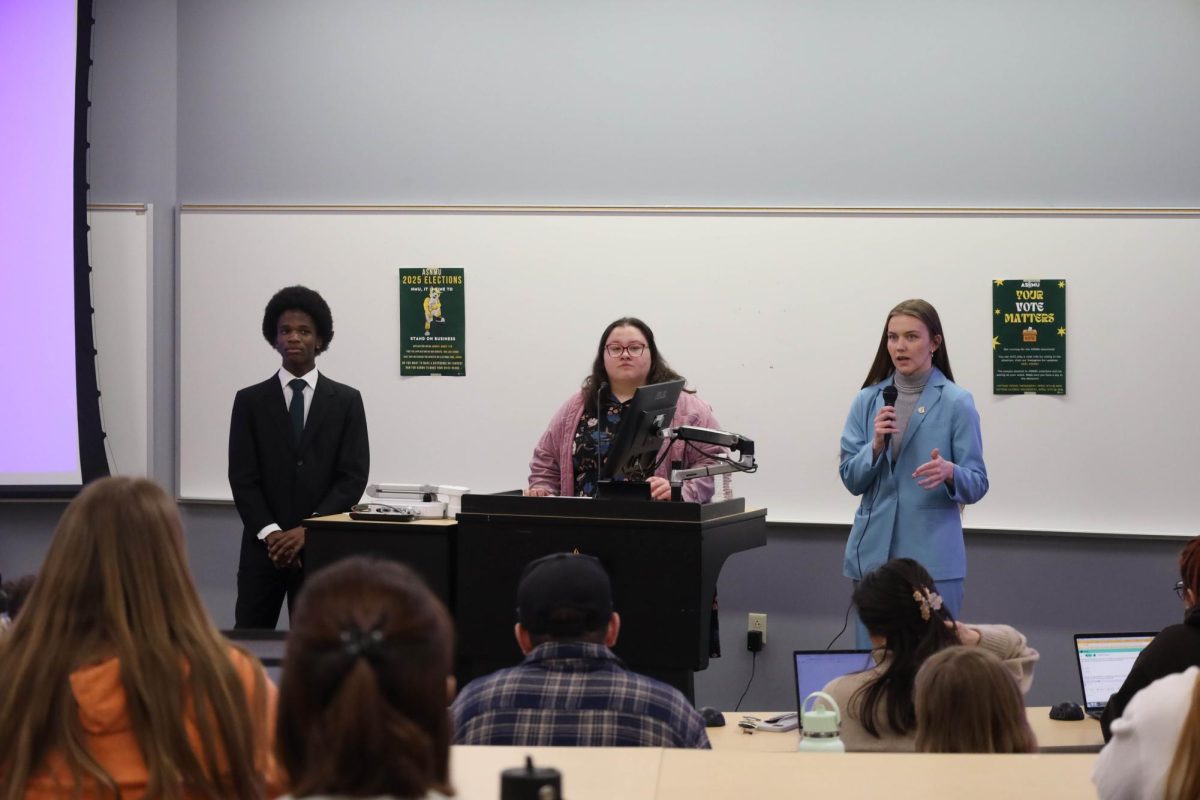
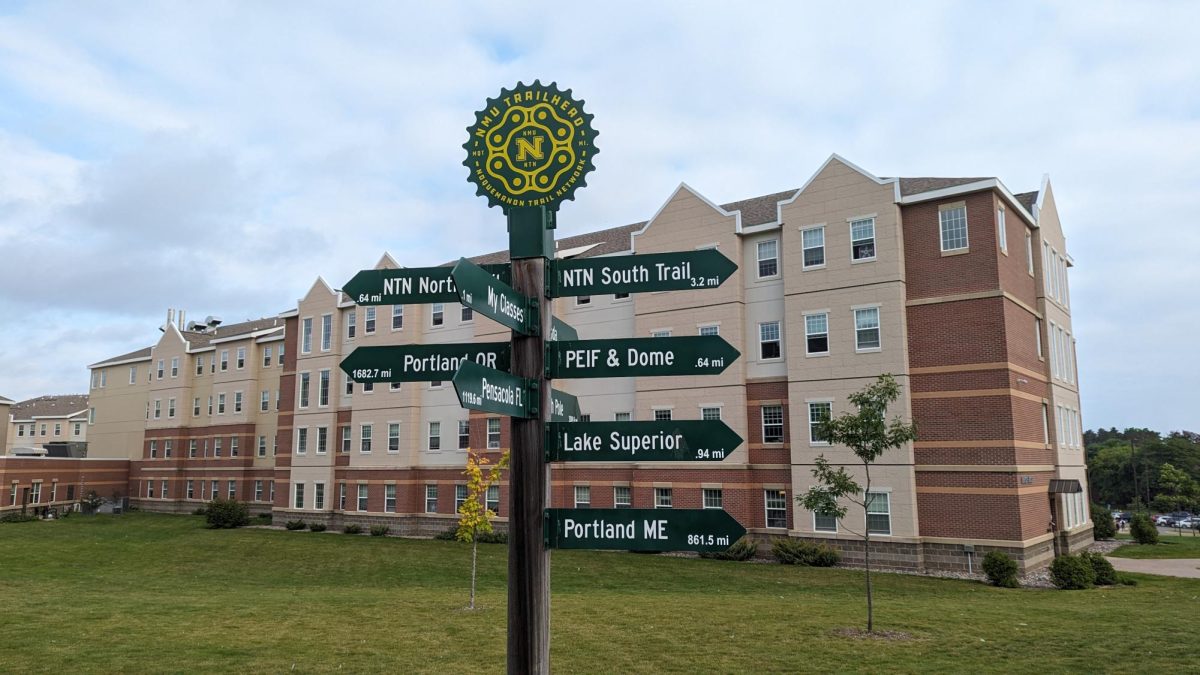


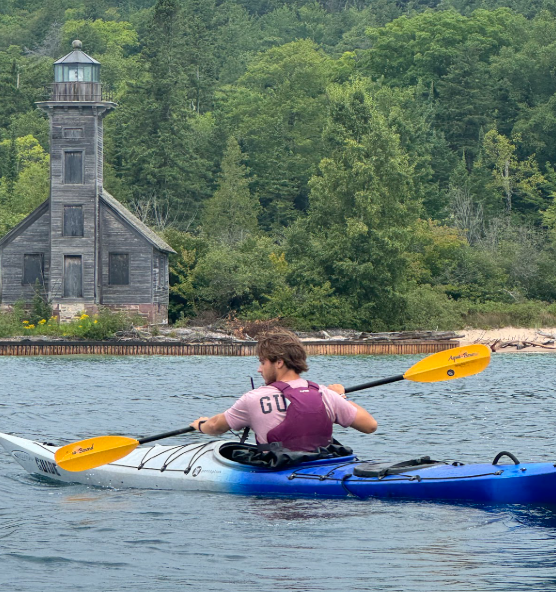
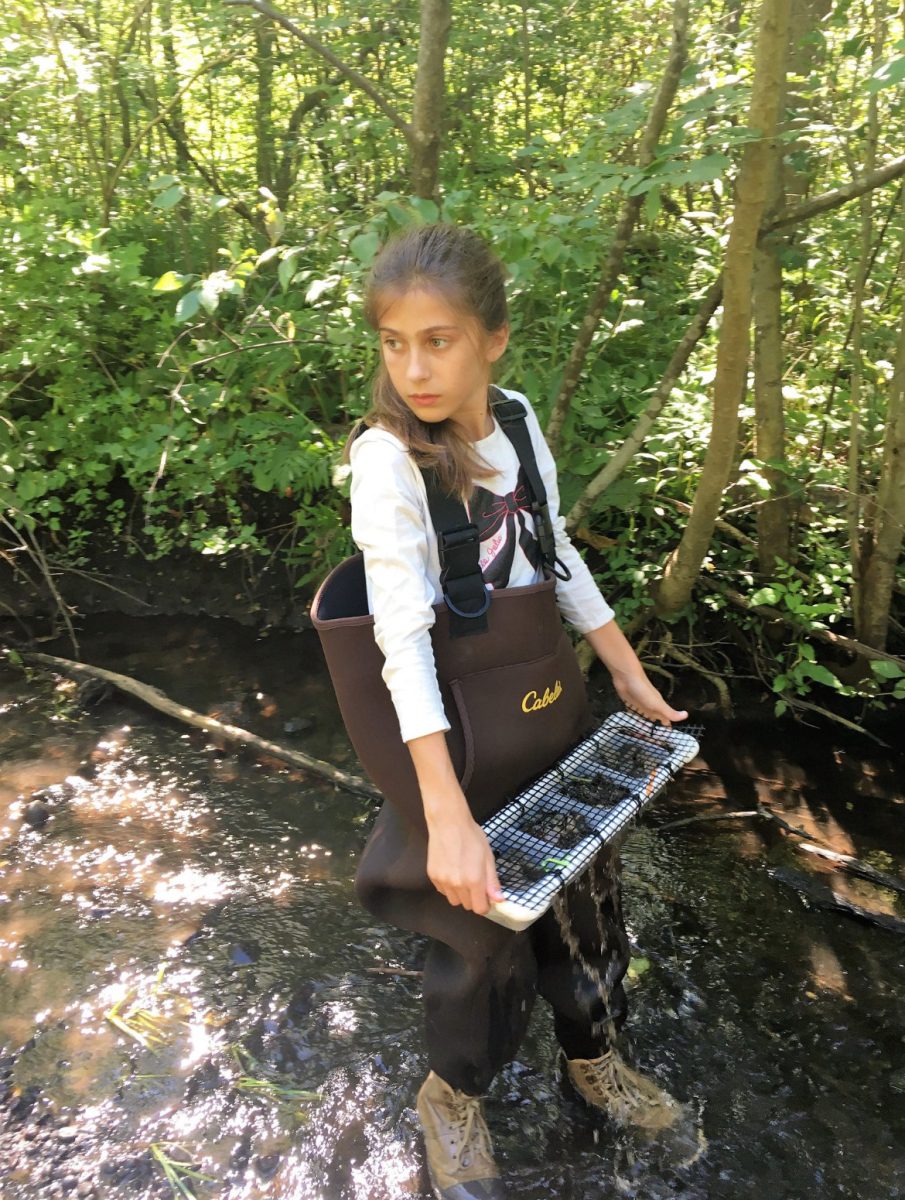


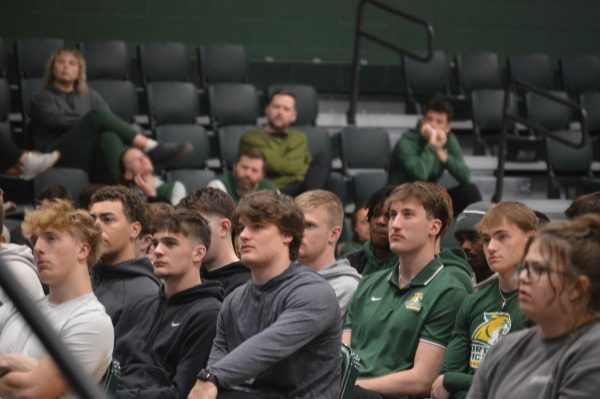

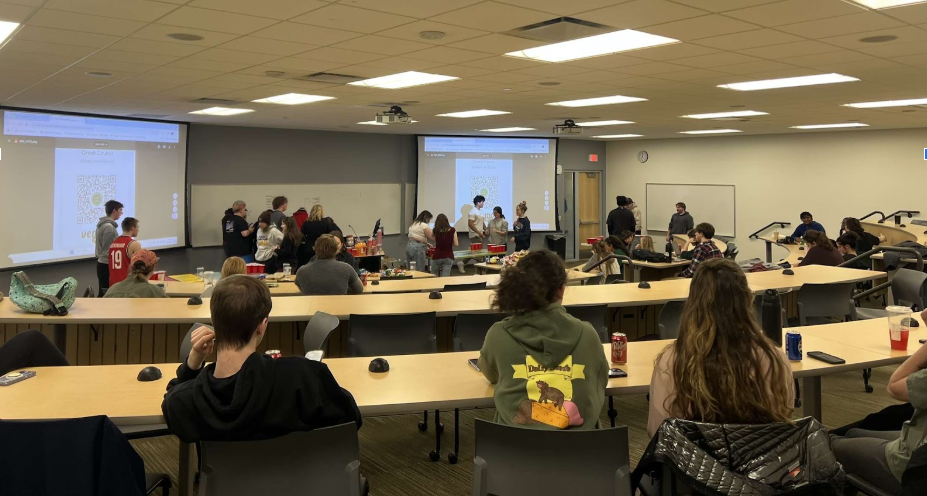
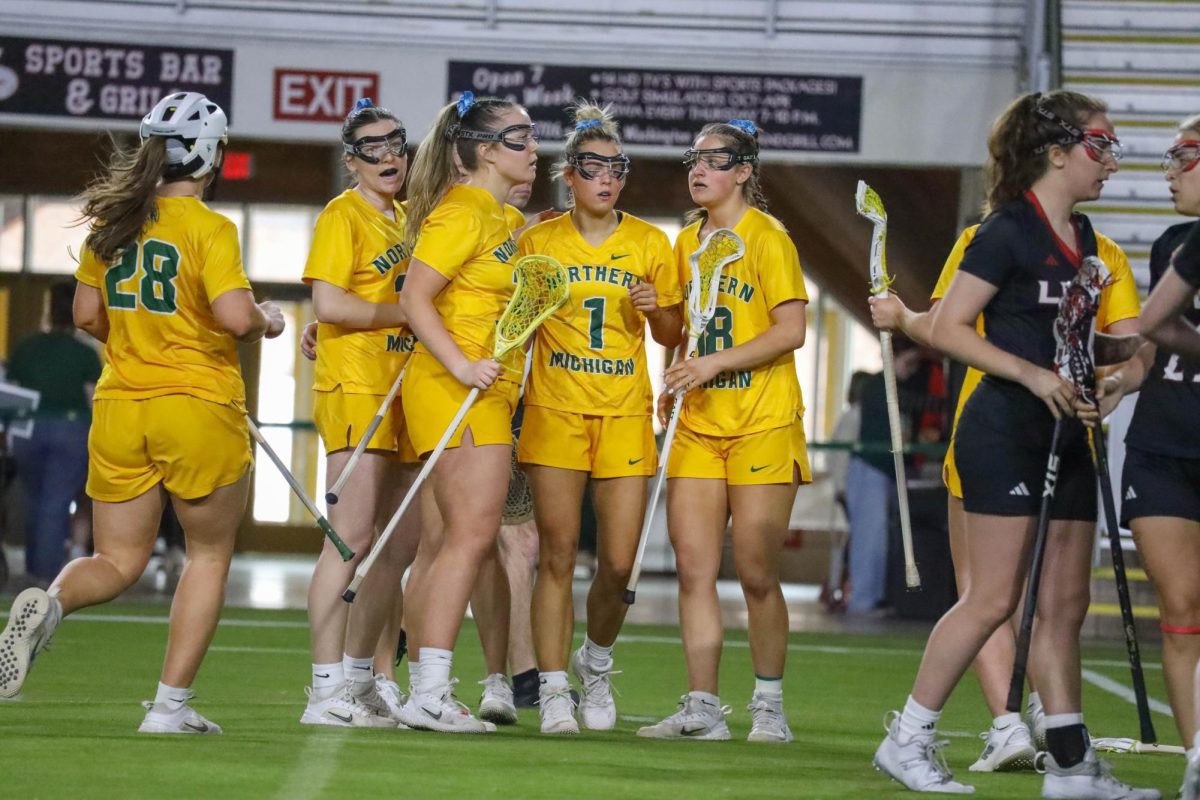

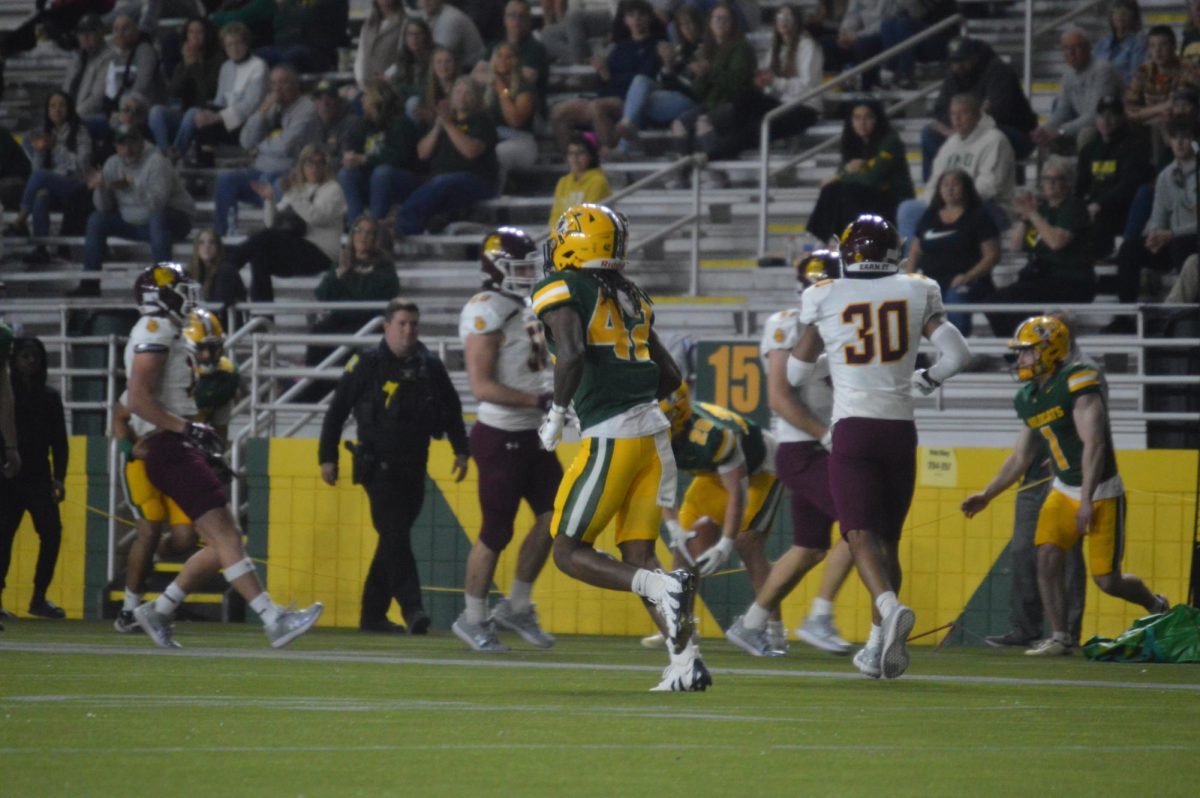
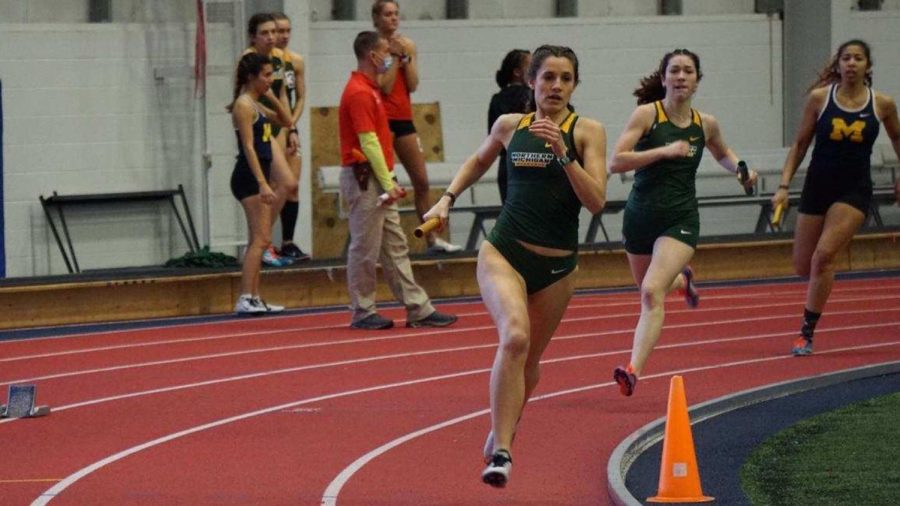





David • Apr 26, 2012 at 4:18 pm
The sailor in me (20 year retired Navy veteran here) cringed at this article.
The Navy has no aircraft carrier by the name of the “USS Stennis”. Her proper name, and what you should have called her in your article, is the USS John C. Stennis CVN 74. She may be refered to as simply “the Stennis” in much the same way that friends and family will call “Johnathan” simply “John” but NEVER “USS Stennis”. It is a distinction that seems to escape those not steeped in Naval customs.
There are other common mistakes that I would like to take this opportunity to clear up as well. Ships are always ships and NEVER boats, but submarines are ALWAYS boats and never ships. And I am forevermore a Submariner (pronounce Sub-mareen-er not Sub-marin-er)
Sailors are a very proud bunch and actually quite easily offended when our customs and traditions are not respected. I know there was no disrespect meant in your article so I was not offended by it. I just wanted to take the opportunity to educate you a little bit.
If you want to truely understand the pride of a sailor just read the below poem.
” I AM THE AMERICAN SAILOR
Hear my voice, America! Though I speak through the mist of 200 years, my shout for freedom will echo through liberty’s halls for many centuries to come. Hear me speak, for my words are of truth and justice, and the rights of man. For those ideals I have spilled my blood upon the world’s troubled waters. Listen well, for my time is eternal -yours is but a moment. I am the spirit of heroes past and future.
I am the American Sailor. I was born upon the icy shores at Plymouth, rocked upon the waves of the Atlantic, and nursed in the wilderness of Virginia. I cut my teeth on New England codfish, and I was clothed in southern cotton. I built muscle at the halyards of New Bedford whalers, and I gained my sea legs high atop mizzen of Yankee clipper ships.
Yes, I am the American Sailor, one of the greatest seamen the world has ever known. The sea is my home and my words are tempered by the sound of paddle wheels on the Mississippi and the song of whales off Greenland’s barren shore. My eyes have grown dim from the glare of sunshine on blue water, and my heart is full of star-strewn nights under the Southern Cross. My hands are raw from winter storms while sailing down round the Horn, and they are blistered from the heat of cannon broadside while defending our nation. I am the American Sailor, and I have seen the sunset of a thousand distant, lonely lands.
I am the American Sailor. It was I who stood tall beside John Paul Jones as he shouted, “I have not yet begun to fight!” I fought upon the Lake Erie with Perry, and I rode with Stephen Decatur into Tripoli harbor to burn Philadelphia. I met Guerriere aboard Constitution, and I was lashed to the mast with Admiral Farragut at Mobile Bay. I have heard the clang of Confederate shot against the sides of Monitor. I have suffered the cold with Peary at the North Pole, and I responded when Dewy said, “You may fire when ready Gridley,” at Manila Bay. It was I who transported supplies through submarine infested waters when our soldier’s were called “over there.” I was there as Admiral Byrd crossed the South Pole. It was I who went down with the Arizona at Pearl Harbor, who supported our troops at Inchon, and patrolled dark deadly waters of the Mekong Delta and the Persian Gulf.
I am the American Sailor and I wear many faces. I am a pilot soaring across God’s blue canopy and I am a Seabee atop a dusty bulldozer in the South Pacific. I am a corpsman nursing the wounded in the jungle, and I am a torpedoman in the Nautilus deep beneath the North Pole. I am hard and I am strong. But it was my eyes that filled with tears when my brothers went down with the Thresher, and it was my heart that rejoiced when Commander Shepherd rocketed into orbit above the earth. It was I who languished in a Viet Cong prison camp, and it was I who walked upon the moon. It was I who saved the Stark, the Samuel B. Roberts and the USS Cole in the waters of the Persian Gulf. It was I who pulled my brothers from the smoke filled compartments of the Bonefish and wept when my shipmates died on the Forestall, the Iowa and White Plains. When called again, I was there, on the tip of the spear for Operations Desert Shield, Desert Storm and Operation Enduring Freedom.
I am the American Sailor. I am woman, I am man, I am white and black, yellow, red and brown. I am Jew, Muslim, Christian, and Buddhist. I am Irish, Filipino, African, French, Chinese, and Indian. And my standard is the outstretched hand of Liberty. Today, I serve around the world; on land, in air, on and under the sea. I serve proudly, at peace once again, but with the fervent prayer that I need not be called again. Tell your children of me. Tell them of my sacrifice, and how my spirit soars above their country. I have spread the mantle of my nation over the ocean, and I will guard her forever. I am her heritage and yours.
I am the American Sailor.”
MUCM J. Wallace, USN